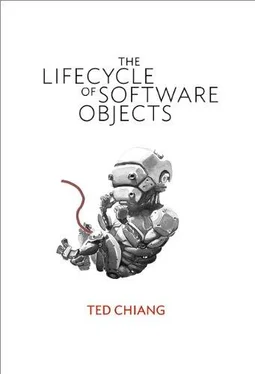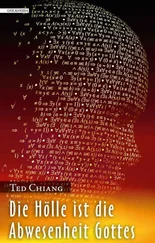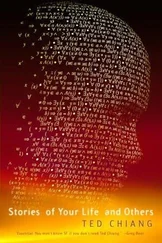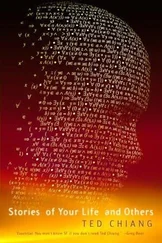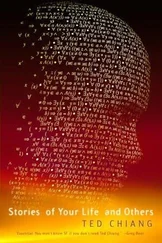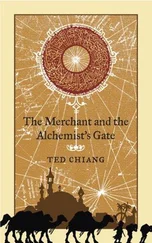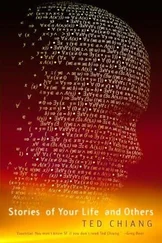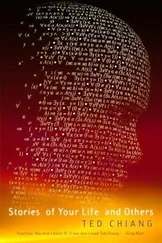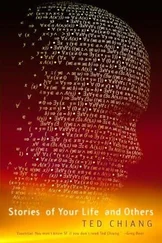Snap out of it, she tells herself. It may not be what she had in mind, but this is a job in the software industry, which is what she went back to school for. And training virtual monkeys might actually be more fun than running test suites, so as long as Blue Gamma is offering a decent salary, why not?
#
His name is Derek Brooks, and he’s not happy with his current assignment. Derek designs the avatars for Blue Gamma’s digients, and normally he enjoys his job, but yesterday the product managers asked him for something he considers a bad idea. He tried to tell them that, but the decision is not his to make, so now he has to figure out how to do a decent job of it.
Derek studied to be an animator, so in one respect creating digital characters is right up his alley. In other respects, his job is very different from that of a traditional animator. Normally he’d design a character’s gait and its gestures, but with digients those traits are emergent properties of the genome; what he has to do is design a body that manifests the digients’ gestures in a way that people can relate to. These differences are why a lot of animators–including his wife Wendy–don’t work on digital lifeforms, but Derek loves it. He feels that helping a new lifeform express itself is the most exciting work an animator could be doing.
He subscribes to Blue Gamma’s philosophy of AI design: experience is the best teacher, so rather than try to program an AI with what you want it to know, sell ones capable of learning and have your customers teach them. To get customers to put in that kind of effort, everything about the digients has to be appealing: their personalities need to be charming, which the developers are working on, and their avatars need to be cute, which is where Derek comes in. But he can’t simply give the digients enormous eyes and short noses. If they look like cartoons, no one will take them seriously. Conversely, if they look too much like real animals, their facial expressions and ability to speak become disconcerting. It’s a delicate balancing act, and he has spent countless hours watching reference footage of baby animals, but he’s managed to design hybrid faces that are endearing but not exaggeratedly so.
His current assignment is a bit different. Not satisfied with cats, dogs, monkeys, and pandas, the product managers have decided that there needs to be more variety among the avatars, something other than baby animals. They suggest robots.
The idea makes no sense to Derek. Blue Gamma’s entire strategy relies on people’s affinity for animals. The digients learn through positive reinforcement, the way animals do, and their rewards include interactions like being scratched on the head or receiving virtual food pellets. These make perfect sense with an animal avatar, but with a robot avatar they look comical and forced. If they were selling physical toys, robots would have the advantage of being cheaper to build than plausible animals, but production costs don’t matter in the virtual realm, and animal faces are more expressive. Providing robotic avatars seems like offering imitations at the same time that you’re selling the real thing.
His train of thought is interrupted by a knock at his doorway; it’s Ana, the new member of the testing team. “Hey Derek, you should watch the video of this morning’s training session. They were pretty funny.”
“Thanks, I’ll check them out.” She’s about to leave, but then stops. “You look like you’re having a bad day.”
Derek thinks hiring a former zookeeper was a good idea. Not only did she devise a training program for the digients, she had a great suggestion about improving their food.
Other digient vendors provide a limited variety of digient food pellets, but Ana suggested that Blue Gamma radically open up the forms that digient food takes; she pointed out that a varied diet keeps zoo animals happier and makes feeding time more fun for visitors. Management agreed, and the development team edited the digients’ basic reward map to recognize a wide range of virtual foods; they couldn’t actually simulate different chemical compounds–Data Earth’s physics simulation is nowhere near good enough for that–but they added parameters to stand in for a food’s taste and texture, and designed an interface for the food-dispensing software allowing users to concoct their own recipes. It’s turned out to be a big success; the individual digients each have their own favorites, and the beta testers report that they love catering to their digient’s preferences.
“Management decided that the animal avatars aren’t enough,” says Derek. “They want robot avatars, too. Can you believe it?”
“That sounds like a good idea,” says Ana.
He’s surprised. “You really think so? I’d have thought you’d prefer the animal avatars.”
“Everyone here thinks of the digients as animals,” she says.”The thing is, the digients don’t behave like any real animal. They’ve got this non-animal quality to them, so it feels like we’re dressing them in circus costumes when we try to make them look like monkeys or pandas.”
It hurts a little to hear his carefully crafted avatars compared to circus costumes. His face must give him away because she adds, “Not that the average person would notice. It’s just that I’ve spent a lot more time with animals than most people.”
“That’s okay,” he says.”I appreciate hearing a different perspective.”
“Sorry. The avatars look great, honestly. I like the tiger cub especially.”
“It’s fine. Really.”
She gives an apologetic wave and walks down the hall, while Derek thinks about what she said.
Perhaps he’s gotten too wrapped up in the animal avatars, so much so that he’s begun thinking of the digients as something they’re not. Ana’s right, of course, that the digients aren’t animals any more than they’re traditional robots, and who’s to say that either analogy is more accurate than the other? If he works from the premise that a robotic avatar is just as good a way for this new lifeform to express itself as an animal avatar, then perhaps he’ll be able to design an avatar he’s happy with.
#
A year later, and Blue Gamma is days away from its big product launch. Ana is at work in her cubicle, across the aisle from Robyn’s; they sit with their backs to each other, but right now both of their video screens are displaying Data Earth, where their avatars stand side by side. Nearby, a dozen digients scamper around a playground, chasing each other over a tiny bridge or under it, climbing up a short flight of steps and sliding down a ramp. These digients are the release candidates; in a few days, they–or close approximations thereof–will be available for purchase to customers throughout the overlapping realms of the real world and Data Earth.
Rather than teach the digients any new behaviors at this late date, Ana and Robyn are supposed to keep the digients in practice with what they’ve already learned. They’re in the middle of a session when Mahesh, one of the co-founders of Blue Gamma, walks past their cubicles. He pauses to watch. “Don’t mind me; keep doing what you’re doing. What’s today’s skill?”
“Shape identification,” says Robyn. She instantiates a scattering of colored blocks on the ground in front of her avatar. To one of the digients, she says, “Come here, Lolly.” A lion cub toddles over from the playground.
Meanwhile Ana calls over Jax, whose avatar is a neo-Victorian robot made of polished copper. Derek did a great job designing it, from the proportions of the limbs to the shape of the face; Ana thinks Jax is adorable. She likewise instantiates a selection of colored blocks with different shapes, and directs Jax’s attention to them.
Читать дальше
